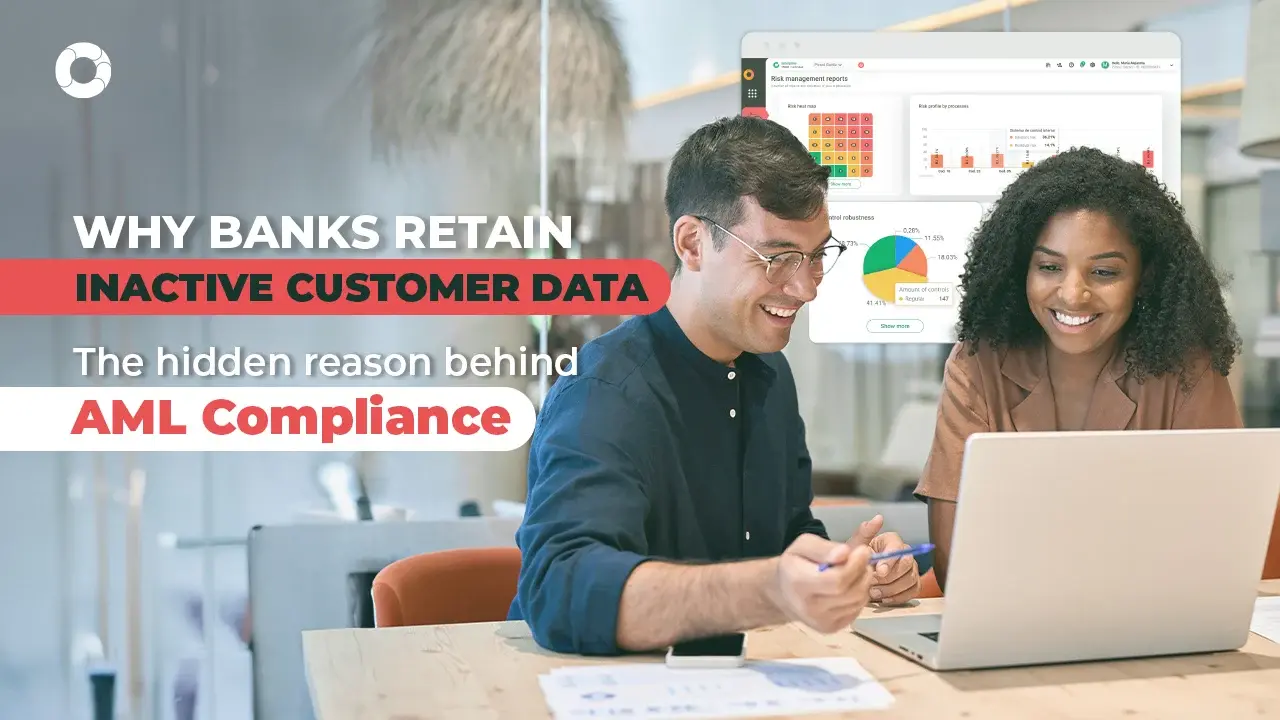Prevent money laundering by knowing your customer

Preventing money laundering and terrorism financing requires methods and tools to identify fraudulent transactions. KYC is one of them.
KYC (Know Your Customer) is the set of processes that regulated entities (mostly from the financial or productive sector) use to identify their customers and create their respective profiles; that is, to identify their activities and the sources of their funds.
These practices, applicable to both new customers and long-standing customers, have been strengthened in recent years due to the demands of regulatory bodies.
KYC involves double identification. First, there is documentary identification, which requests a copy of the citizen identification, ID card or passport. Then, the actual identification of the customer is required to learn the purpose for which he/she wants to establish business relations with the financial entity. I.e., customers are required to provide information about their professional activity, such as payslips for employees and receipts in the case of self-employed individuals.
The main objective thereof is to predict customer behavior as accurately as possible in order to differentiate between normal and suspicious behavior. However, simple data validation is not enough now that identity theft has become an easy and much-feared practice around the world. In addition, simple comparison between the level of risk of one person and that of another must consider more variables than data validation can sometimes control (e.g. transaction value, objective of the business relationship, geographical area, etc.).
For these reasons, implementing a digital technology tool can be very useful or even indispensable for preventing money laundering or terrorism financing. With this automation approach, an entity's compliance and risk management areas can provide answers to key questions and identify warning signs in real time.
There is also an enormous impact on cost reduction that a technology solution can bring to your organization. Traditional KYC procedures can be very expensive and, above all, inefficient. Some examples of common expenses include the collection and storage of physical documents or manual reviews. The appearance of false positives is also recurrent in processes such as the validation of attributes of an identity for each transaction.
While one of the most frequent questions in organizations has always been when to go digital, it is clear that when it comes to best practices in the prevention of money laundering and terrorism financing, it is increasingly urgent to rely on tools that ensure results and save us from potential damages and expenses.
To learn all about the prevention of money laundering and terrorism financing, download our free manual by clicking below.
You May Also Like
These Related Stories

Key Elements of LAFT Risk Management

Money laundering and terrorism financing risks

Why do banks retain inactive customer data?

How to identify the risk of money laundering in companies?

3 tools for monitoring unusual transactions


No Comments Yet
Let us know what you think